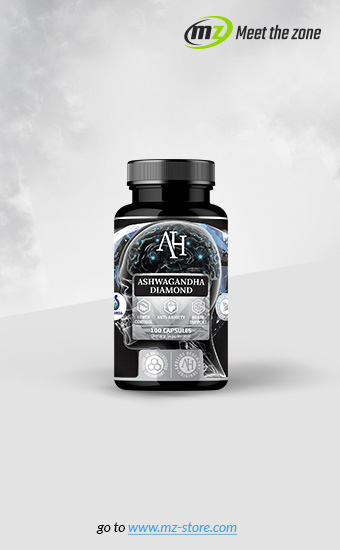It usually develops in people between thirty and fifty years old, more often touching men than women. At the initial stage, it gives practically no symptoms, and alarming signals appear only when the stones make it difficult or completely block the outflow of urine. We are talking about kidney stones, a urological disease that doctors believe affects an evenly increasing number of people. Let’s check what exactly causes it, what are the types of this disease, and what methods of its treatment modern medicine can offer us.
Where do kidney stones come from?
As already mentioned, nephrolithiasis is a disease characterized mainly by the presence of deposits, commonly called stones, which consist of substances insoluble in the urine. There are really many reasons for this type of urinary tract.
So far, the urolithiasis formation process has not been explained yet. It is known, however, that a significant influence on the development of this urological disease is the supersaturation of urine with certain chemical substances, the excess of which may promote the formation of deposits. They are usually oxalates, but not only because calcium and uric acid also contribute to the growth of stones.
What are the clinical symptoms of kidney stones?
As already noted at the very beginning, kidney stones are a urological disease that in the initial phase gives virtually no symptoms. Hence, the overwhelming majority of us find out about the stones located in the urinary tract quite by accident, e.g. during abdominal imaging. In the advanced phase, however, seizures may occur. Renal colic can also occur, which is a consequence of obstructed or blocked the outflow of urine. In a situation where deposits appear, usually, patients complain of pain in the lumbar region, which can radiate to the lower abdomen or groin. What is quite characteristic of this disease is the positive Goldflam symptom that occurs in most people with kidney problems. It is very often diagnosed in the case of the abovementioned renal colic and is associated with increased muscle tone located on the colic side. Also, typical symptoms that may indicate nephrolithiasis include haematuria, pollakiuria, vomiting and increased body temperature.
How should the diagnosis be made?
Nephrolithiasis is one of the most difficult to diagnose urological diseases, especially since in the initial phase it may not give any symptoms or its symptoms are not specific. Most of them report to the doctor only when there is an attack of renal colic, acute and sudden pain caused by the moving stone. after collecting a thorough interview, he usually orders additional diagnostic tests that allow not only to recognize the chemicals found in the urine but also to assess the size and location of the deposits, the degree of urinary retention, etc.
In addition to blood laboratory tests including morphology and basic biochemical indices regarding plasma components diagnosis is useful for a review of the abdominal x-ray, as well as ultrasound examination of the urinary tract, which allows an accurate assessment of the resulting deposits.
What are the treatments for kidney stones?
In a situation when we are dealing with a large size stone that cannot be excreted by itself or kidney stones can lead to impaired urinary function, then surgery is usually used. Thanks to the progress of medicine, currently invasive procedures are becoming increasingly popular, which can be a great alternative to traditional surgical operations. One such method is, for example, shock wave lithotripsy generated extracorporeally, which involves breaking kidney stones using ultrasound. Electromagnetic or electrohydraulic waves, and sometimes piezoelectric waves, are usually used in this type of therapy. Also, ureterorenoscopy is used in the surgical treatment of this urological disease, which is an endoscopic procedure associated with colonoscopy using a specialized endoscope. In addition to surgical treatment, nephrolithiasis can also be treated by conservative methods, which primarily involve taking non-surgical measures, including, but not limited to, administering appropriate pharmacological agents to dissolve or self-expelling urinary tract deposits.







